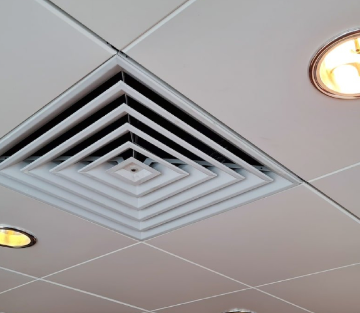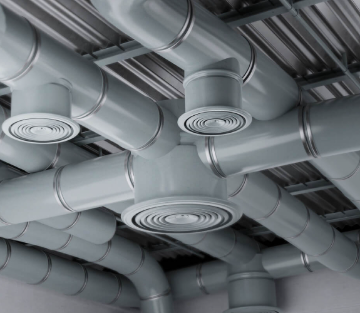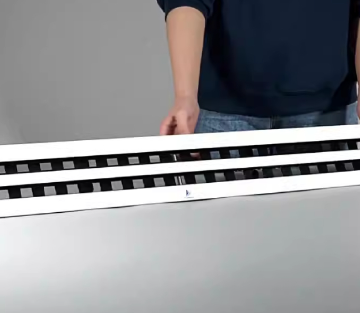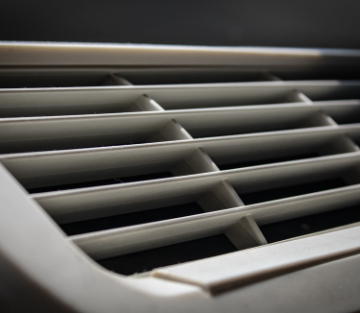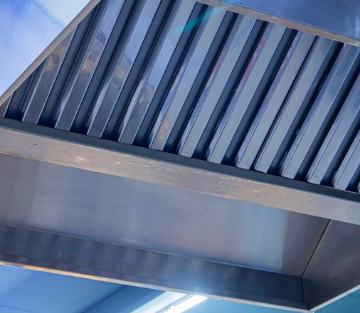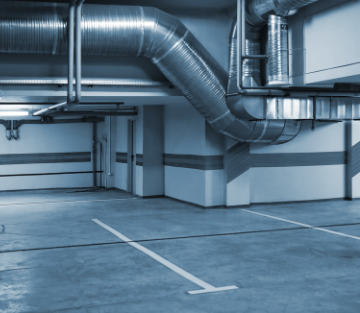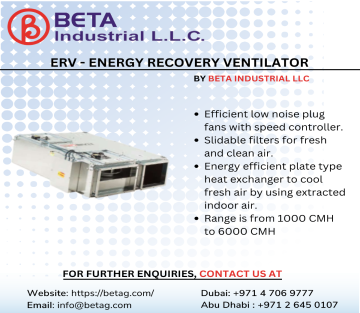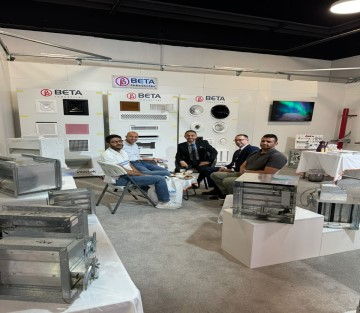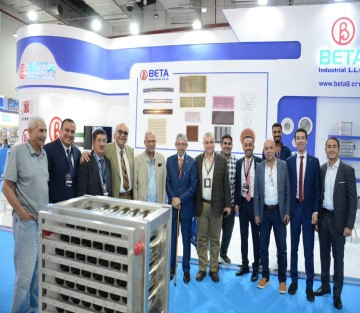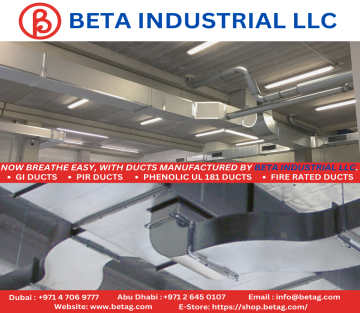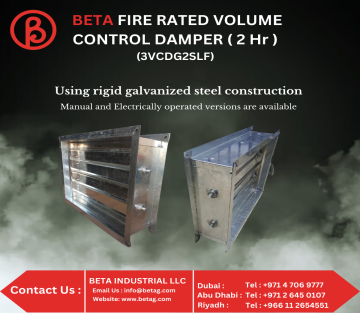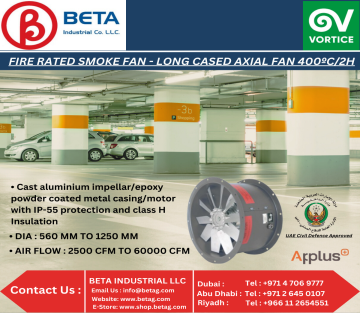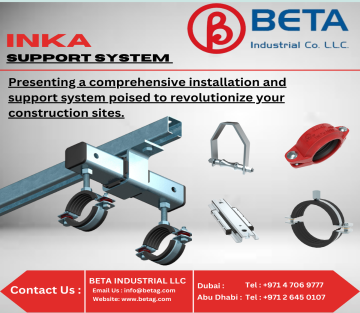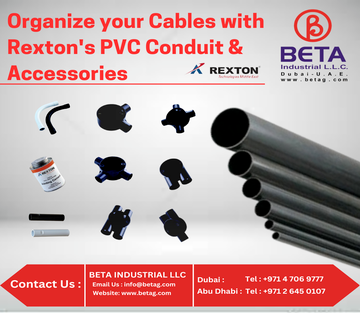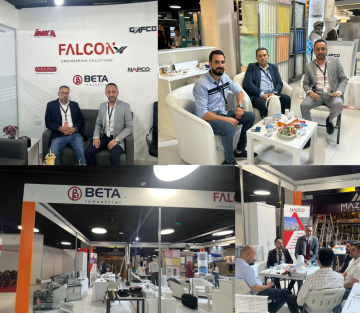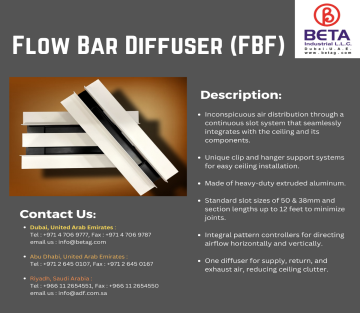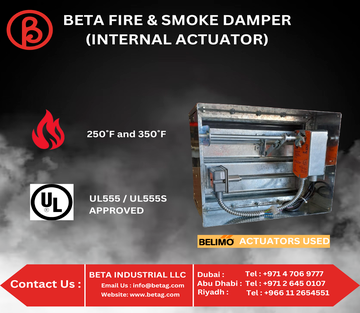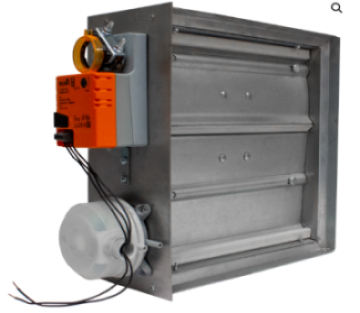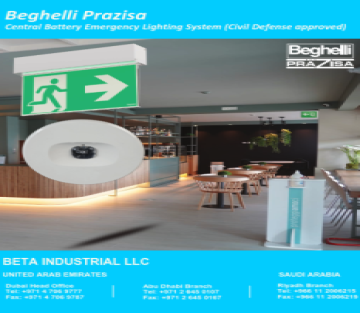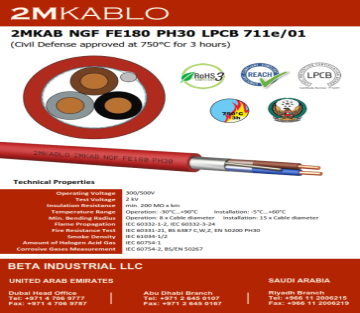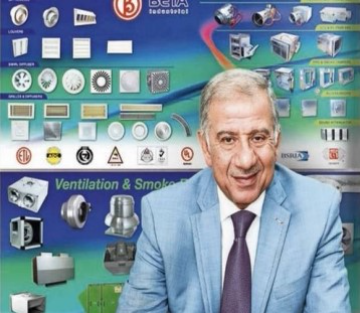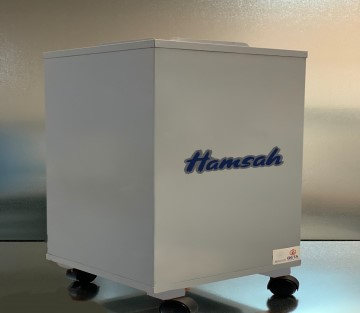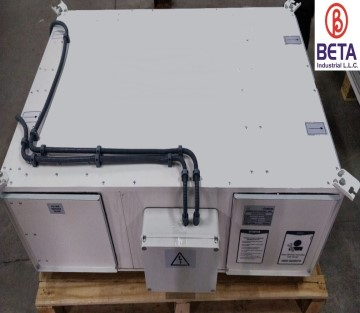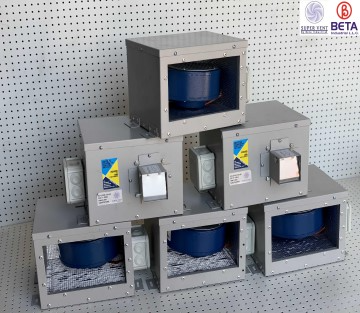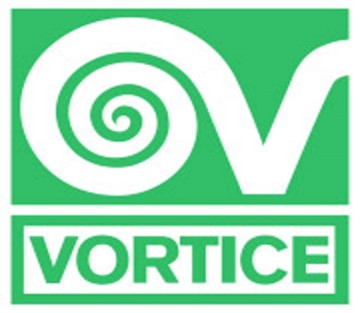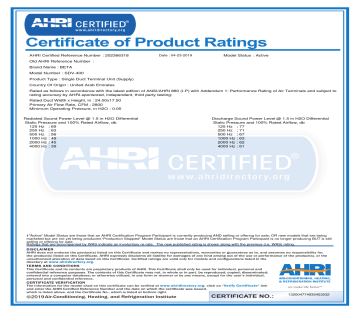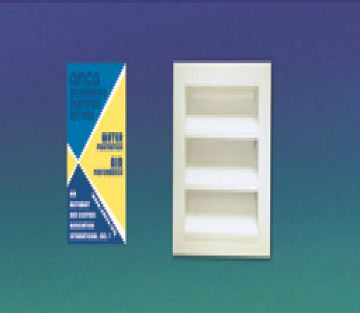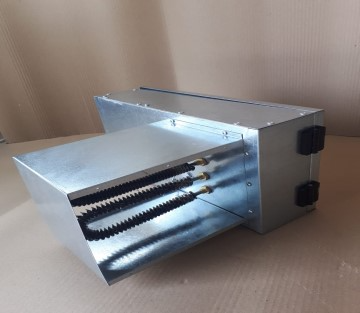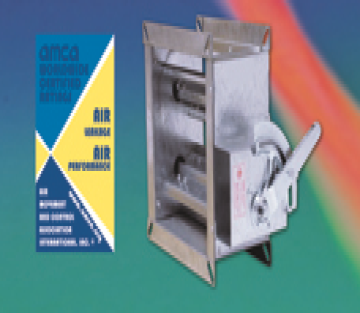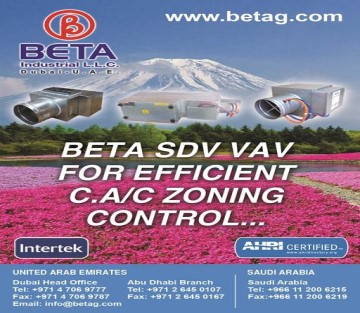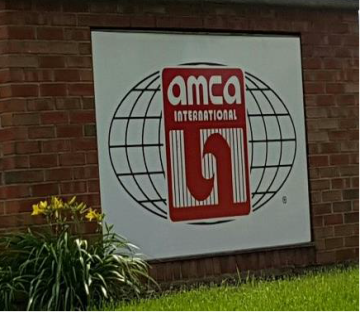Imagine a building that breathes effortlessly. When airflow is optimized, air stays fresh, systems work efficiently, and your structure stays dry and protected. That’s the power of smart ventilation that uses louvers the right way.
They bring in fresh air, push out the stuffy air, and ease the pressure on your cooling system. That means lower energy bills, less moisture trouble, and better air quality.
At Beta Industrial LLC, we specialize in airflow design that makes buildings healthier and more cost-effective. As a professional HVAC Solutions provider, we help clients choose and position louvers for maximum benefit.
Why Louver Placement Matters
Effective airflow starts with correct louver placement. Poor positioning can block air movement, strain HVAC components, and create moisture problems that compromise structural integrity or harm sensitive machinery.
Here’s how smart louver layout makes a difference:
- Optimal Airflow: Air moves freely through well-placed louvers, increasing airflow efficiency and reducing stagnant zones.
- Reduced HVAC Load: When ventilation supports natural circulation, your HVAC performance improves and uses less energy.
- Compliance with Codes: Most building codes require proper air intake and exhaust positioning. A good layout makes passing inspection easy.
- Moisture Control: Positioning louvers to allow humid air to escape prevents condensation, mold, and rust.
- Healthier Indoor Air Quality: Consistent air exchange keeps oxygen levels high and removes pollutants, improving comfort.
Smart placement minimizes strain on mechanical systems and contributes to a cleaner, drier, and safer indoor environment without raising energy costs or maintenance work.
Best Practices for Louver Placement
Thoughtful louver placement is essential to achieving efficient ventilation, reducing energy consumption, and maintaining indoor air quality. Below are the five best practices for louver placement in commercial, industrial, and institutional buildings.
Utilize the Stack Effect
Install intake louvers at the lower portion of the building and place exhaust louvers higher up near the roofline.
Why It’s Effective:
This design leverages the stack effect, a natural ventilation principle where warm air rises and exits through high points while drawing in cooler, denser air from below. By creating this vertical airflow path, buildings experience improved air exchange efficiency without depending heavily on mechanical systems.
Align with Prevailing Wind Patterns
Position intake louvers on exterior walls facing prevailing winds, and exhaust louvers on the leeward side.
Why It’s Effective:
Proper wind alignment facilitates cross-ventilation, enabling wind pressure to naturally drive air into the building while helping expel stale indoor air. This method enhances airflow consistency and contributes to lower operational costs by reducing the burden on powered ventilation systems.
Prioritize Free Area Efficiency
Select louver models with a high free area percentage (ideally above 50%) to achieve optimal airflow with minimal pressure loss.
Why It’s Effective:
The free area represents the unobstructed space through which air can pass. A higher free area allows for increased airflow without requiring oversized wall openings or creating airflow resistance. It results in a more compact, effective ventilation design that supports system efficiency and thermal regulation.
Use the Right Angles and Orientation
Use horizontal blades with moderate angles (15°–30°) in standard environments, and vertical or steep-angled blades (up to 45°) in regions prone to wind-driven rain or storms.
Why It’s Effective:
Blade geometry impacts both the airflow rate and environmental protection. Vertical blades provide better resistance against water intrusion in areas with high moisture, while in dry climates, horizontal blades offer reliable airflow with minimal weather disruption. Correct blade angle and orientation ensure both ventilation effectiveness and weather resilience.
Unobstructed Airflow Around Louvers
Avoid placing louvers near structural elements, storage systems, or equipment that may impede air circulation.
Why It’s Effective:
Air movement must remain unimpeded for louvers to function efficiently. Obstructions can reduce intake and exhaust velocity, create pressure imbalances, and compromise indoor comfort. Clear space around each louver, typically at least three feet, ensures consistent, uniform airflow throughout the facility.
Great airflow is engineered through smart planning, expert placement, and proven methods. Following best practices for louver positioning improves airflow and boosts performance, reduces energy costs, and protects your building for the long haul.
At Beta Industrial LLC, our team of industrial airflow experts is ready to support your project with reliable custom-fit ventilation solutions for your space. Join hundreds of clients benefiting from our trusted industrial airflow experts and fully engineered commercial HVAC solutions.



